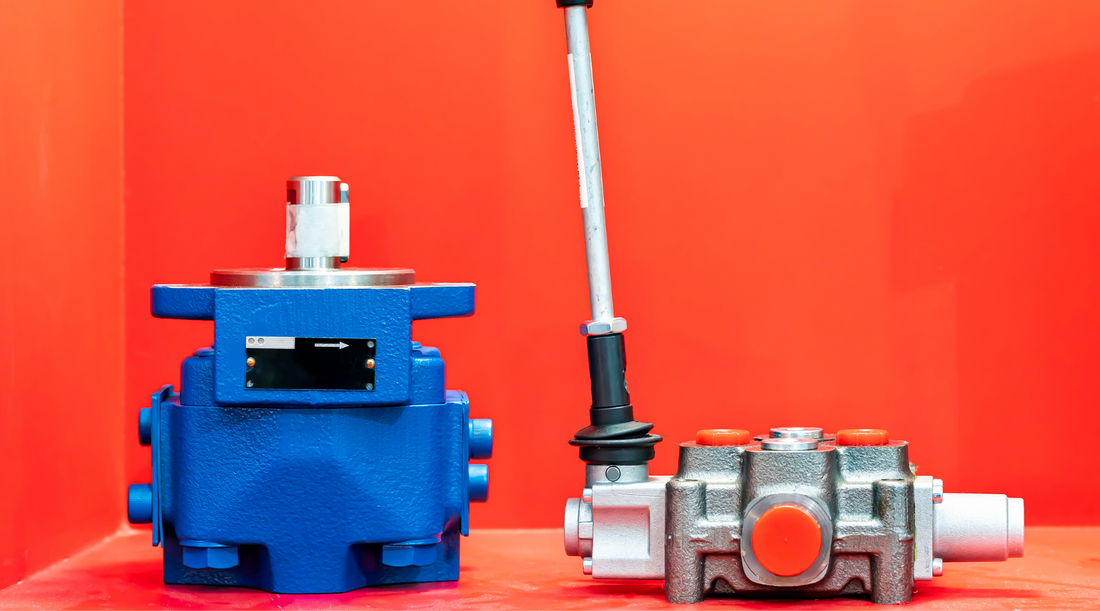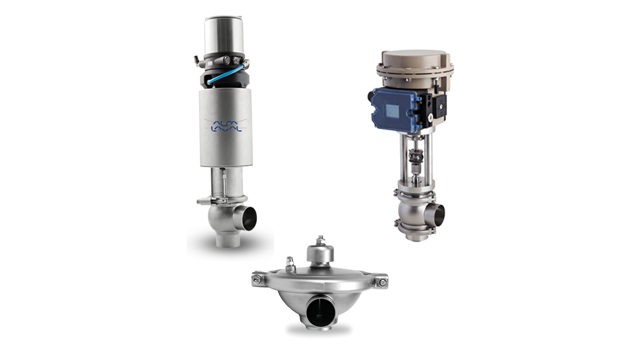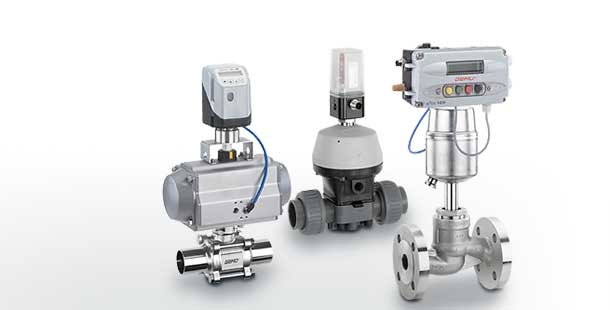Vital Variables to Consider When Selecting Control Valves
Vital Variables to Consider When Selecting Control Valves
Blog Article

Maximize Energy Cost Savings and Convenience With Advanced Building Automation Controls
In the realm of contemporary style and center monitoring, the assimilation of innovative building automation regulates stands as a crucial advancement. The merging of innovation and sustainability has actually birthed a new era where energy effectiveness, comfort optimization, and operational streamlining are no more possible realities yet remote goals. By utilizing the power of automation, buildings can adapt, respond, and advance in methods that were once inconceivable. The potential for substantial energy savings and enhanced convenience is not simply a promise yet a possibility waiting to be met. This standard change in building administration holds the key to opening a globe where ecological conscientiousness and occupant wellness harmoniously exist together within the walls of our frameworks.
Power Efficiency Conveniences
Power effectiveness advantages can significantly decrease power usage and operational expenses in buildings. By implementing energy-efficient techniques and modern technologies, structure proprietors and operators can attain substantial cost savings while additionally adding to environmental sustainability. One of the primary advantages of improving power performance in structures is the decrease of energy expenses. Energy-efficient systems, such as innovative structure automation controls, can maximize making use of resources like heating, air conditioning, and illumination, causing lower energy expenditures gradually.
Moreover, improved energy efficiency can prolong the life expectancy of building tools and systems. By running much more efficiently, cooling and heating systems, light, and various other building parts experience less damage, causing decreased upkeep and replacement costs. Additionally, energy-efficient structures usually command greater home worths and rental rates, giving long-term monetary benefits to owners.
Moreover, power effectiveness can enhance resident convenience and efficiency. Effectively controlled interior settings with optimal lighting and thermal conditions produce an even more conducive and pleasurable workspace, resulting in improved staff member fulfillment and performance. In general, the power efficiency benefits related to innovative building automation controls are complex, encompassing price savings, environmental stewardship, and passenger wellness.
Improved Comfort Control
Enhancing comfort control in building atmospheres needs an innovative assimilation of advanced automation systems for optimal resident well-being. By utilizing sophisticated building automation controls, facilities can tailor the indoor setting to meet the specific needs and choices of passengers. These systems enable specific law of air flow, illumination, and temperature, developing a comfy and productive environment. Passenger satisfaction and productivity are very closely linked to thermal comfort, making it important to have systems in place that can adjust to changing conditions in real-time.
By incorporating these advanced controls, buildings can not only improve convenience but also improve energy efficiency by enhancing system operations based on actual occupancy and use patterns. Ultimately, prioritizing occupant comfort via sophisticated automation systems leads to a much more pleasurable and healthier indoor environment.
Operational Efficiency Improvements

Moreover, the execution of real-time surveillance and analytics tools enables building operators to identify power ineffectiveness and operational abnormalities immediately. By constantly keeping track of power usage patterns and system efficiency metrics, modifications can be made in real-time to enhance power usage and ensure peak functional performance. control valves. In addition, incorporating need response approaches into structure automation controls can even more boost operational effectiveness by dynamically readjusting energy use based upon grid conditions and pricing signals
Indoor Climate Optimization
Reliable indoor climate optimization is a basic aspect of structure automation controls, guaranteeing owners' comfort and wellness while optimizing energy cost savings. By using innovative sensors and controls, developing automation systems can continually keep track of and change temperature, moisture degrees, air top quality, and air flow to develop an optimal indoor atmosphere. Preserving regular and comfy conditions not only enhances owner complete satisfaction yet additionally boosts productivity and general health.
Interior environment optimization likewise plays a crucial duty in energy efficiency. By fine-tuning cooling, heating, and ventilation systems based on real-time data and tenancy patterns, building automation controls can substantially minimize energy consumption - control valves. As an example, implementing techniques such as demand-controlled ventilation and thermal zoning can aid lessen power waste while guaranteeing that each area of the structure obtains the essential conditioning.

Sustainable Setting Creation
Structure automation regulates not only enhance indoor environment conditions for power performance and resident convenience but also lay the structure for creating a sustainable setting through strategic administration of systems and resources. By incorporating sophisticated structure automation innovations, such as sensing units, actuators, and intelligent software application, facilities can adjust and keep an eye on power use in real-time to minimize waste and minimize their carbon impact. These systems enable predictive maintenance, recognizing potential problems prior to they escalate and maximizing devices efficiency to boost longevity and effectiveness.
In addition, lasting environment development expands past power management to incorporate water conservation, waste decrease, and interior air high quality renovation. Structure automation controls can regulate water usage, discover leaks, and make sure correct waste disposal practices, contributing to total sustainability efforts. Additionally, by checking and regulating air flow and purification systems, these modern technologies enhance occupant health and efficiency while lowering power usage related to a/c procedures.
Verdict
To conclude, advanced building automation controls deal significant benefits in regards to power cost savings, comfort control, functional efficiency, interior environment optimization, and producing a sustainable environment. By carrying out these controls, structures can accomplish optimal efficiency while lowering power usage and enhancing resident convenience. It appears that the use of advanced automation modern technology is crucial in boosting building performance and producing a more lasting future.
Energy performance benefits can dramatically minimize energy intake and operational prices in structures. On the whole, the energy performance benefits linked with sophisticated building automation controls are multifaceted, including price financial savings, ecological stewardship, and resident health.
Additionally, including demand action methods right into structure automation controls go to this site can better improve functional performance by dynamically readjusting power use based on grid problems and pricing signals.
Building automation manages not only enhance indoor climate problems for power effectiveness and passenger convenience however also lay the foundation for producing a sustainable atmosphere with tactical administration of systems and sources.In final thought, advanced building automation regulates offer substantial benefits in terms of energy savings, convenience control, functional performance, interior environment our website optimization, and producing a sustainable setting.
Report this page